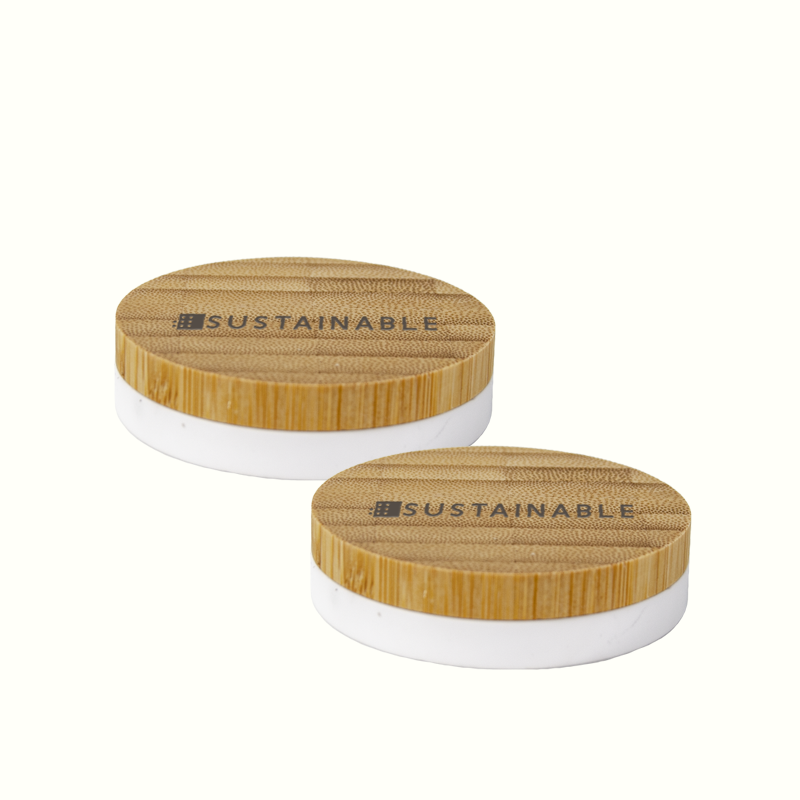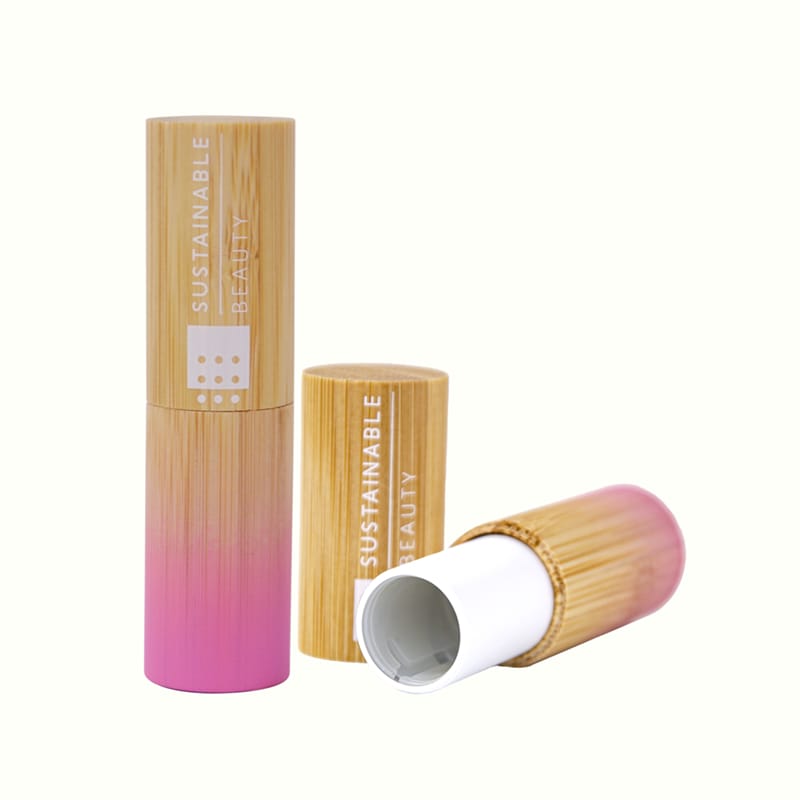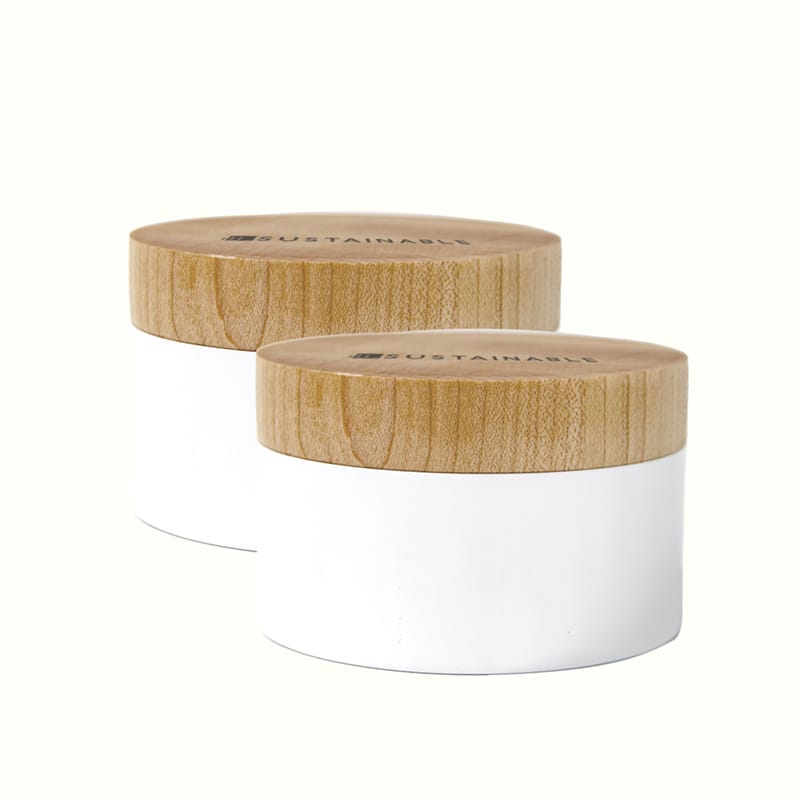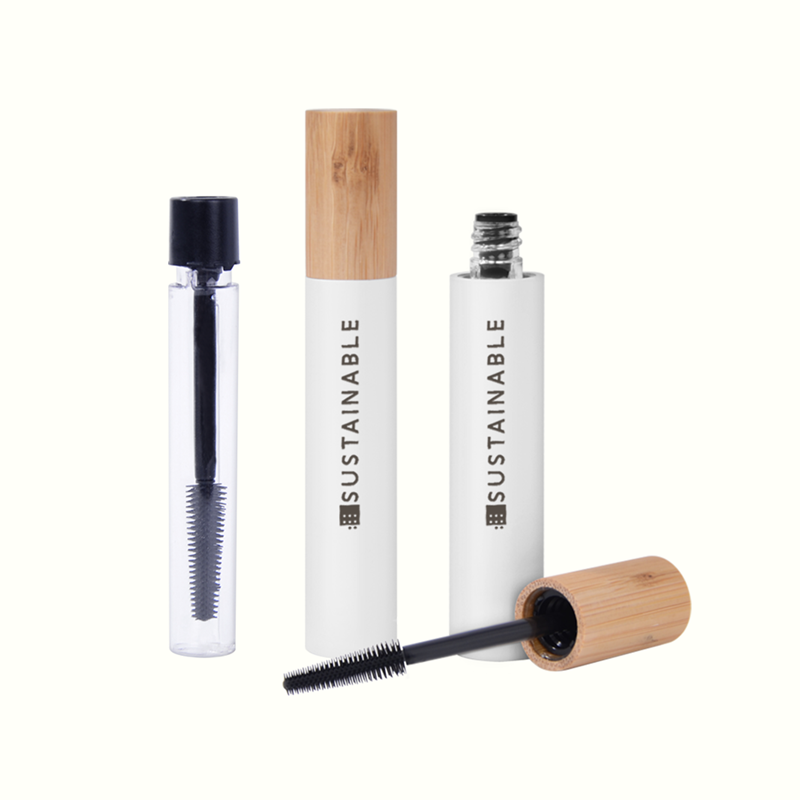Europe style for Unique Bamboo Lip Gloss Tubes - Refillable Bamboo+Ceramic Compact Powder Packaging – YiCai
Europe style for Unique Bamboo Lip Gloss Tubes - Refillable Bamboo+Ceramic Compact Powder Packaging – YiCai Detail:
Shapes and Design:
Bamboo itself has a fresh and natural color, elegant tones, and straight bamboo texture. Ceramics are full of variety colors and textures. The colors of ceramics can be customized in various ways, and different patterns can be customized through 3D or other techniques. Cosmetic packaging materials bring unique innovations, and the texture of the products is more high-end. The delicate treatment of the outer surface of the bamboo tube and the precise size achieve seamless connection, reflecting the quality from the details. Bamboo+ceramic series We have made a series of cosmetic packaging, including lipstick, mascara, lip glaze, powder case, cream jar, eye shadow box, etc., and meet your different customized needs.
Features
Replaceable, Recycle, and Reuse sturctures
Unlike other materials, ceramic is totally environmentally-friendly. An ecological option which offers an alternative against materials such as the plastic that fills our oceans, vinyl and laminate flooring that may be a VOC focal point or some types of wood using formaldehyde.
Waste ceramic as low cost and eco-friendly materials in the production of sustainable mortars.
Since clay is derived from the earth it is also one of the most natural materials. Compared with paper and plastic, ceramic is rarely tossed into the garbage, but once in the landfill it returns to the earth and is more benign to the environment.
Ceramics are very attractive in terms of texture and aesthetics. At the same time, they can be designed in different shapes and appearance effects. With the natural material of bamboo products, it brings a new high-end sense to the product.
The structure of the product is refillable, and it is sustainable and environmentally friendly from materials to use, disposal, and recycling.
Product detail pictures:






Related Product Guide:
Biodegradable cosmetic packaging has become increasingly popular in recent years as consumers become more aware of the negative impact that traditional plastic packaging can have on the environment. Biodegradable packaging materials are designed to break down naturally over time, often through exposure to sunlight, heat, or moisture. Some common examples of biodegradable materials used in cosmetic packaging include cornstarch, sugarcane, and bamboo-based materials. In addition to being more environmentally friendly, biodegradable packaging can also help to reduce the amount of plastic waste that ends up in landfills and oceans. Many cosmetic companies are now making a conscious effort to switch to biodegradable packaging in order to reduce their environmental impact and appeal to eco-conscious consumers. Europe style for Unique Bamboo Lip Gloss Tubes - Refillable Bamboo+Ceramic Compact Powder Packaging – YiCai, The product will supply to all over the world, such as: Seychelles, Southampton, Salt Lake City, Low carbon refers to actions or technologies that reduce the emission of greenhouse gases that contribute to climate change. Human activities, such as burning fossil fuels for energy and transportation, releasing methane from livestock and landfills, and deforestation, are the main sources of these emissions. To combat climate change and achieve a sustainable future, we need to transition to low-carbon economies and reduce our dependence on these activities. This requires a significant shift towards renewable energy sources, such as solar, wind, and hydroelectric power, as well as changes in our lifestyles, such as reducing meat consumption, using public transportation, and minimizing waste. By adopting low-carbon practices, we can protect our planet and ensure a healthy and prosperous future for all.
This is the first business after our company establish, products and services are very satisfying, we have a good start, we hope to cooperate continuous in the future!








